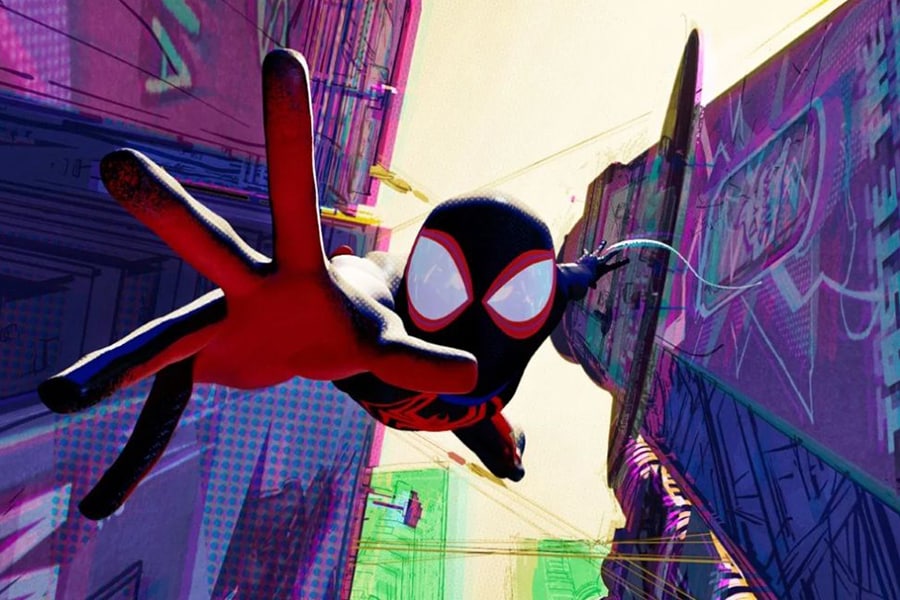
Animated Spider-Man back with 'arthouse' sequel to Oscar winner
"Spider-Man: Across the Spider-Verse," out Friday in the United States, picks up the story of half-Black, half-Latino Miles Morales, again using an eye-popping blend of decades-old 2D comic book drawing techniques with the latest computer-generated visual effects
 "Across the Spider-Verse" is the first of two sequels, with "Beyond the Spider-Verse" to conclude events next year.
Image: 2023 CTMG, Inc. All Rights Reserved.©
"Across the Spider-Verse" is the first of two sequels, with "Beyond the Spider-Verse" to conclude events next year.
Image: 2023 CTMG, Inc. All Rights Reserved.©
Nearly five years after the animated "Spider-Man: Into the Spider-Verse" won an Oscar with its innovative, biracial take on the beloved webslinger, a wildly ambitious sequel aims to further blur the boundaries between superhero films and arthouse cinema.
"Spider-Man: Across the Spider-Verse," out Friday in the United States, picks up the story of half-Black, half-Latino Miles Morales, again using an eye-popping blend of decades-old 2D comic book drawing techniques with the latest computer-generated visual effects.
This time, the action takes place across several parallel universes, each one visualized in its own unique animated style, from a paint-streaked, grungy 1990s New York to a kaleidoscopic futuristic hybrid of Mumbai and Manhattan.
The movie employed three directors, more than 1,000 artists, and runs at two hours and 20 minutes—unusually long for an animated film.
Its creators told AFP that the success of the first movie—which holds the highest-ever rating for a superhero movie on Rotten Tomatoes (97 percent)—"gave us permission to just be even more daring on this film."







